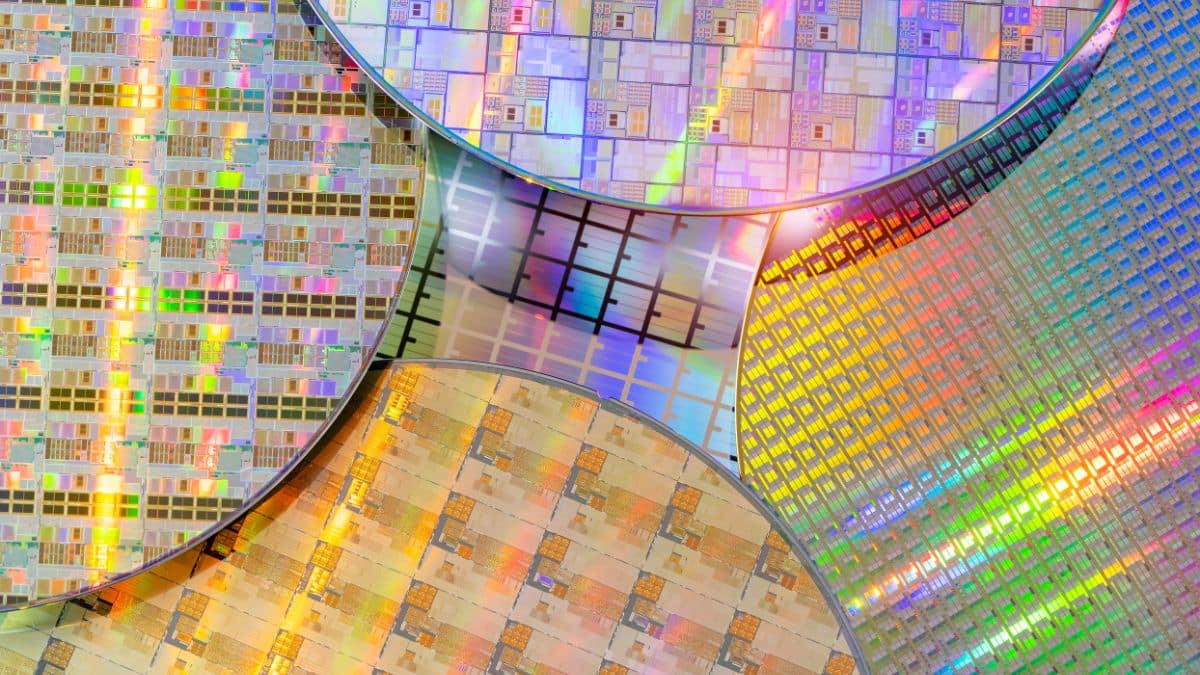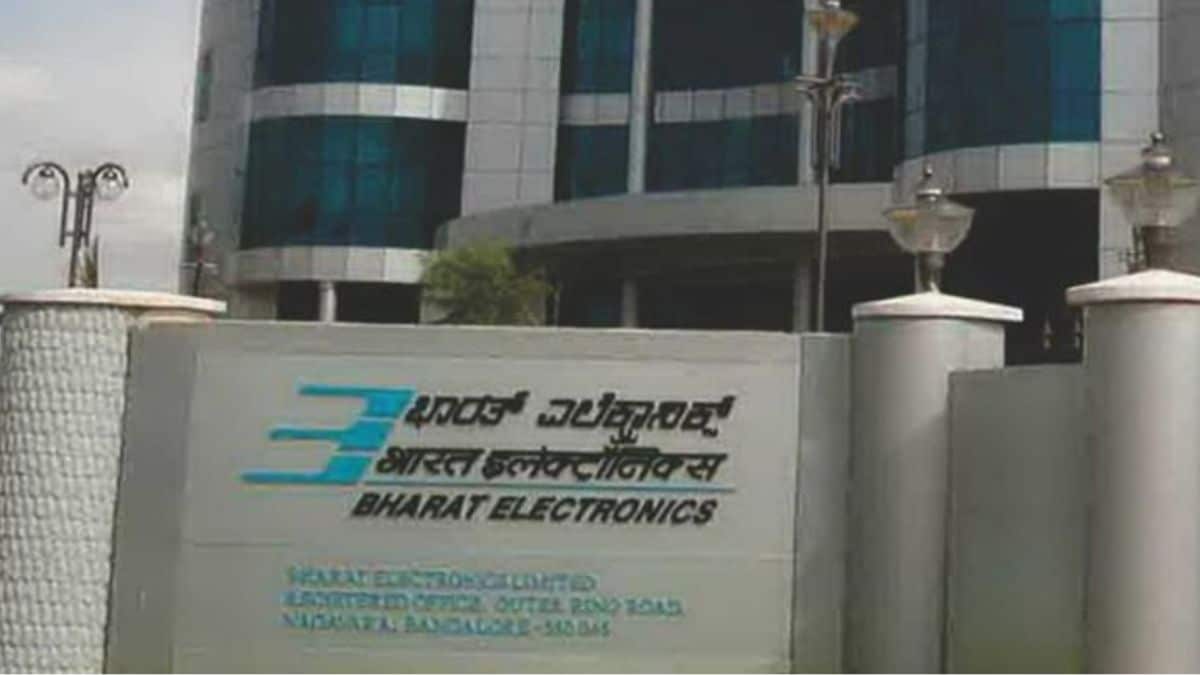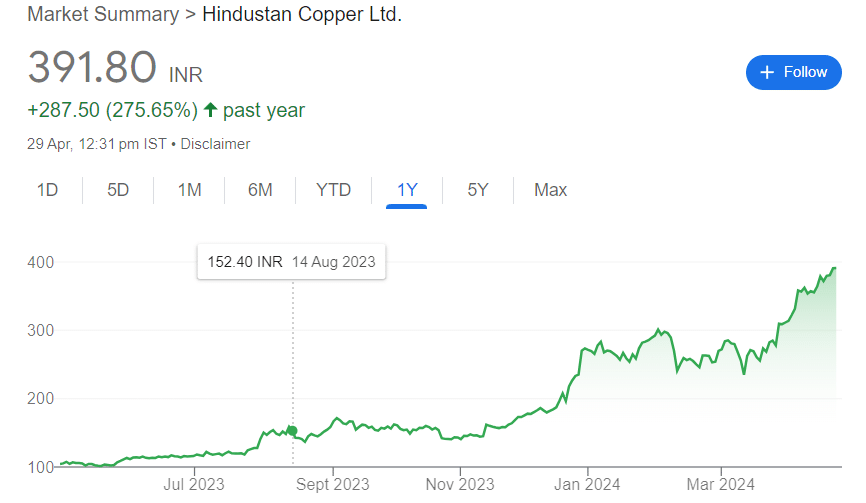What Is Semiconductor Memory In Computer? Discover the significance of semiconductor memory in computing. Explore its role, types, and impact on computing performance. Learn how semiconductor memory enhances your computing experience.
also read: Common Criteria Certification: The Significance of Cybersecurity
Introduction: What Is Semiconductor Memory In Computer?
In the realm of computing, semiconductor memory plays a pivotal role, serving as the backbone for the storage and retrieval of data in various devices. Understanding semiconductor memory is crucial for grasping the essence of modern computing systems and their efficiency. This article delves into the intricacies of semiconductor memory, shedding light on its significance, types, and impact on computing performance.
Understanding Semiconductor Memory
What Is Semiconductor Memory?
Semiconductor memory refers to a type of digital electronic data storage device, constructed using semiconductor materials, commonly silicon. It allows for the storage and retrieval of digital information in electronic devices, serving as primary or secondary storage.
The Evolution of Semiconductor Memory
Over the years, semiconductor memory has undergone significant advancements, transitioning from traditional forms like magnetic core memory to more sophisticated variants such as dynamic random-access memory (DRAM), static random-access memory (SRAM), and flash memory.
The Role of Semiconductor Memory in Compute
Semiconductor memory is integral to the functioning of computer systems, facilitating swift data access and manipulation. It serves as the primary storage medium for both instructions and data, enabling seamless execution of tasks.
Types of Semiconductor Memory
1. Dynamic Random-Access Memory (DRAM)
DRAM is a type of volatile memory that stores each bit of data in a separate capacitor within an integrated circuit. It requires periodic refreshing to retain data, making it suitable for main memory applications.
2. Static Random-Access Memory (SRAM)
Unlike DRAM, SRAM is a volatile memory that doesn’t require refreshing to maintain data integrity. It utilizes bistable latching circuitry to store bits, offering faster access times compared to DRAM.
3. Flash Memory
Flash memory is a non-volatile memory that retains data even when the power is turned off. It finds extensive use in devices requiring persistent storage, such as USB drives, solid-state drives (SSDs), and memory cards.
4. Read-Only Memory (ROM)
ROM is a type of non-volatile memory that stores data permanently, typically in firmware. It is used to store essential system software and firmware that remain intact even when power is removed.
The Impact of Semiconductor Memory on Computing Performance
Semiconductor memory directly influences the overall performance and responsiveness of computing systems. Faster memory modules, such as SRAM, enhance processing speeds and reduce latency, resulting in smoother user experiences and improved productivity.
Exploring Semiconductor Memory Technologies
1. DDR4 vs. DDR5: A Comparative Analysis
DDR4 and DDR5 are two prominent types of dynamic random-access memory, each offering distinct advantages in terms of speed, bandwidth, and energy efficiency. Understanding their differences is crucial for optimizing system performance.
2. NAND vs. NOR Flash Memory
NAND and NOR flash memory represent two primary categories of flash memory, each suitable for different applications based on factors such as cost, speed, and durability. Delving into their characteristics aids in selecting the right memory solution for specific use cases.
Enhancing Computing Efficiency with Semiconductor Memory
The continuous evolution of semiconductor memory technologies paves the way for enhanced computing efficiency and performance. Advancements such as higher densities, lower power consumption, and improved reliability contribute to the seamless operation of modern computing systems.
Frequently Asked Questions (FAQs)
Q: How does semiconductor memory differ from traditional magnetic storage? A: Semiconductor memory relies on electronic circuits to store and retrieve data, offering faster access times and higher reliability compared to traditional magnetic storage devices like hard disk drives (HDDs) and magnetic tapes.
Q: What factors influence the speed of semiconductor memory? A: Several factors affect the speed of semiconductor memory, including access time, clock frequency, data bus width, and memory architecture.
Q: Is semiconductor memory prone to data loss? A: While volatile semiconductor memory like DRAM may lose data when power is removed, non-volatile memory types such as flash memory retain data even in the absence of power, minimizing the risk of data loss.
Q: Can semiconductor memory be upgraded or expanded? A: Yes, semiconductor memory in computing devices can often be upgraded or expanded by replacing existing memory modules with higher-capacity ones or adding additional modules to available slots.
Q: What role does cache memory play in computing systems? A: Cache memory, typically composed of SRAM, serves as a high-speed buffer between the CPU and main memory, storing frequently accessed data to reduce latency and improve overall system performance.
Q: How do advancements in semiconductor memory benefit gaming enthusiasts? A: Advancements in semiconductor memory, such as higher memory bandwidth and lower latency, contribute to smoother gameplay experiences, reduced loading times, and enhanced graphics performance in gaming systems.
Conclusion: What Is Semiconductor Memory In Computer?
In conclusion, semiconductor memory is the cornerstone of modern computing, driving innovation and efficiency across various devices and applications. By understanding its fundamentals and evolving technologies, users can optimize computing experiences and harness the full potential of digital technologies.
also read: What is Semiconductor memory?










